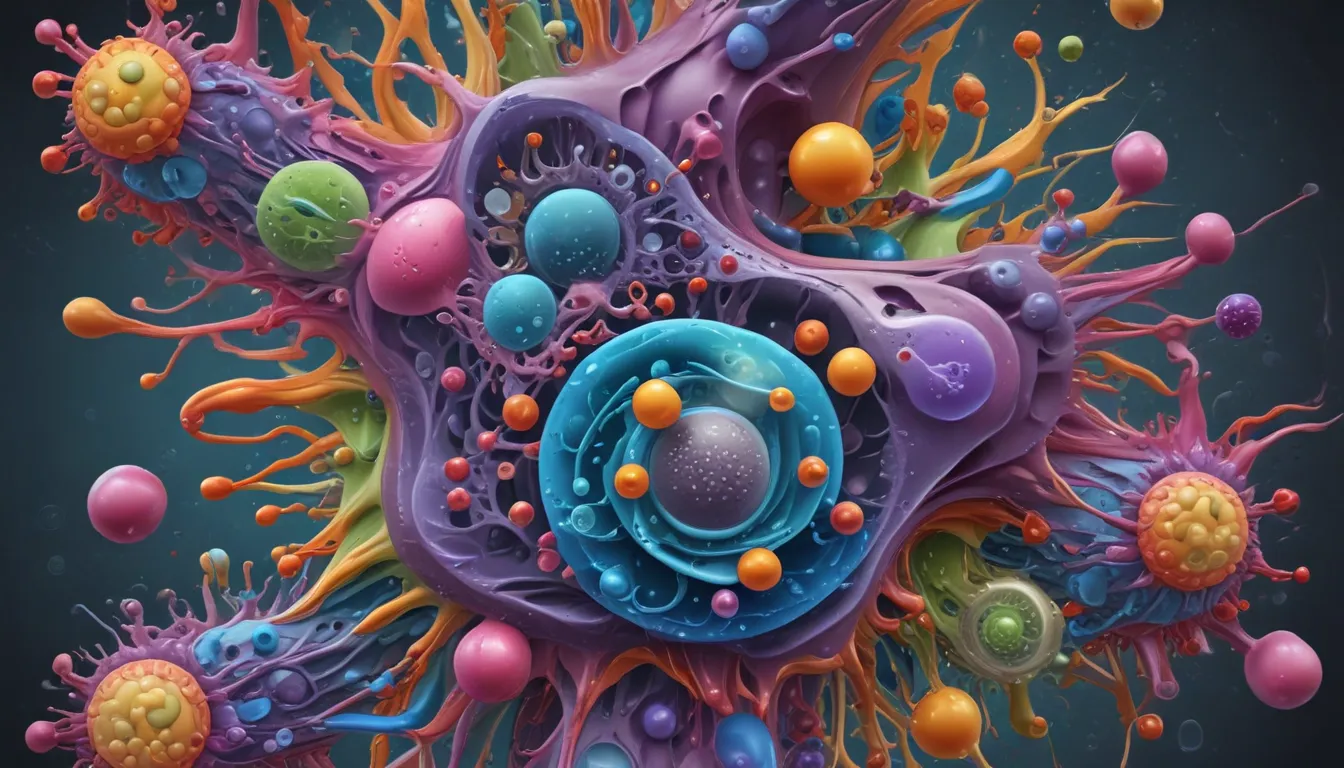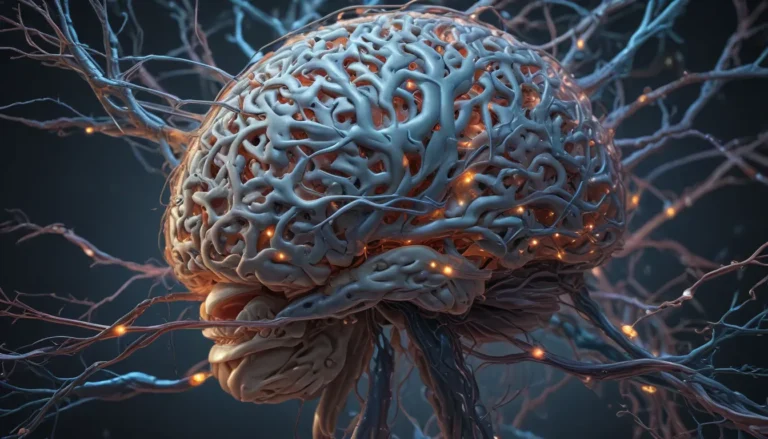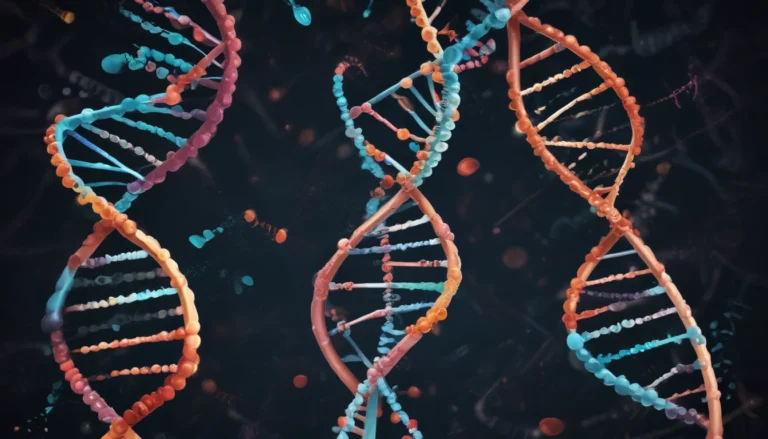A Note About Images: The images used in our articles are for illustration purposes only and may not exactly match the content. They are meant to engage readers, but the text should be relied upon for accurate information.
Welcome to the enchanting realm of cell adhesion molecules (CAMs), the molecular architects that orchestrate the symphony of cellular interactions within our biological systems. These tiny yet mighty entities hold the key to a myriad of processes, ranging from embryonic development to immune defense mechanisms. Join us as we unravel 18 captivating facts about cell adhesion molecules, shedding light on their diverse functions, implications in disease progression, and potential therapeutic applications. Get ready for a journey through the intricate world of CAMs that will inspire awe and curiosity.
The Essence of Cell Adhesion Molecules
- Cell adhesion molecules act as the glue that binds our bodies together, contributing to vital functions such as immune system regulation, organ development, and protection against infections.
- CAMs have immense potential in the realm of medical advancements, with researchers leveraging their properties to devise innovative treatments for conditions like cancer and Alzheimer’s.
Exploring the Diversity of Cell Adhesion Molecules
- Various types of CAMs exist, including integrins, cadherins, selectins, and immunoglobulin superfamily molecules, each playing unique roles in different cellular contexts.
- These molecules are ubiquitous in diverse cell types and tissues throughout the body, exemplifying their significance in maintaining tissue integrity.
CAMs: Guardians of Tissue Integrity
- Cell adhesion molecules are pivotal in upholding tissue integrity by facilitating cell-to-cell binding and ensuring the proper organization of cells within tissues and organs.
- Without the presence of CAMs, our bodies would struggle to maintain the structural coherence necessary for optimal physiological functioning.
Deciphering the Roles of CAMs
- Essential for Immune Function: CAMs are indispensable for immune cell recruitment and the formation of immune synapses, enabling effective communication and coordination among immune cells.
- Vital for Embryonic Development: CAMs play a critical role in processes like cell migration, tissue morphogenesis, and organogenesis, pivotal for seamless embryonic development.
- Implicated in Cancer Metastasis: Aberrations in CAM expression or function can fuel the spread of cancer cells from primary tumors to distant sites, fostering the process of metastasis.
- Crucial for Neural Development: CAMs are instrumental in establishing and maintaining neuronal connections in the developing brain, also contributing to synaptic plasticity.
Unveiling Potential Therapeutic Applications
- Researchers harness the manipulable nature of CAMs to explore novel therapeutic approaches for diverse conditions, ranging from cancer and autoimmune disorders to inflammatory ailments.
- By targeting CAMs, scientists aim to unravel pathways for developing precision treatments that could revolutionize the landscape of medical interventions.
Prominent Roles of CAMs in Biological Systems
- Cell adhesion molecules play pivotal roles in various physiological mechanisms, including heart function, neural transmission, wound healing, muscle development, and the regulation of cell polarity.
- These multifaceted molecules are intricately intertwined with processes like angiogenesis, blood-brain barrier maintenance, and the repair of damaged tissues.
Embracing the Dynamic Nature of CAMs
- The expression and function of CAMs are subject to modulation in response to a spectrum of signals and stimuli, allowing cells to adapt to evolving environments and physiological conditions.
- Understanding the dynamic regulation of CAMs grants insights into their adaptive capabilities and their indispensable roles in cellular homeostasis.
Journeying Through the Marvels of CAMs
- The exploration of cell adhesion molecules unveils a tapestry of wonders that unravel the mysteries of cellular interactions and physiological orchestration.
- With each discovery, the significance of CAMs in sculpting our biological landscapes becomes more profound, underscoring their pivotal roles in health, disease, and therapeutic advancements.
Enhancing Your Understanding: FAQs
Q: What are cell adhesion molecules?
A: Cell adhesion molecules are surface proteins that foster cell-to-cell adhesion and interactions with the extracellular matrix.
Q: How do CAMs contribute to diseases?
A: Dysfunctions in CAMs have been associated with conditions like cancer metastasis, autoimmune disorders, and neurodegenerative diseases.
Q: Can CAMs be targeted for therapeutic interventions?
A: Yes, understanding the roles of CAMs in disease pathways opens avenues for developing targeted therapies to modulate their functions effectively.
Conclusion
In conclusion, the captivating saga of cell adhesion molecules unfolds a narrative rich in biological intricacies and therapeutic promises. These molecular marvels serve as linchpins in a complex web of intercellular communications, shaping our understanding of health, disease, and therapeutic innovations. With a deeper comprehension of CAMs, we unlock the door to transformative medical interventions that hold the potential to revolutionize patient care and well-being. As we continue to delve into the enchanting realms of CAMs, new horizons of discovery await, promising a tapestry of revelations and advancements in the quest for scientific excellence.
Nurturing Curiosity and Discovery
Embrace the allure of cell adhesion molecules and embark on a journey of exploration and enlightenment. Delve deeper into the realms of cellular dynamics, disease mechanisms, and therapeutic possibilities that CAMs unveil. Let your curiosity guide you as you uncover the secrets of these molecular architects that shape the essence of biological existence. Together, let’s unravel the marvels of cell adhesion molecules and pave the way for a future enriched by knowledge, innovation, and transformative discoveries.






